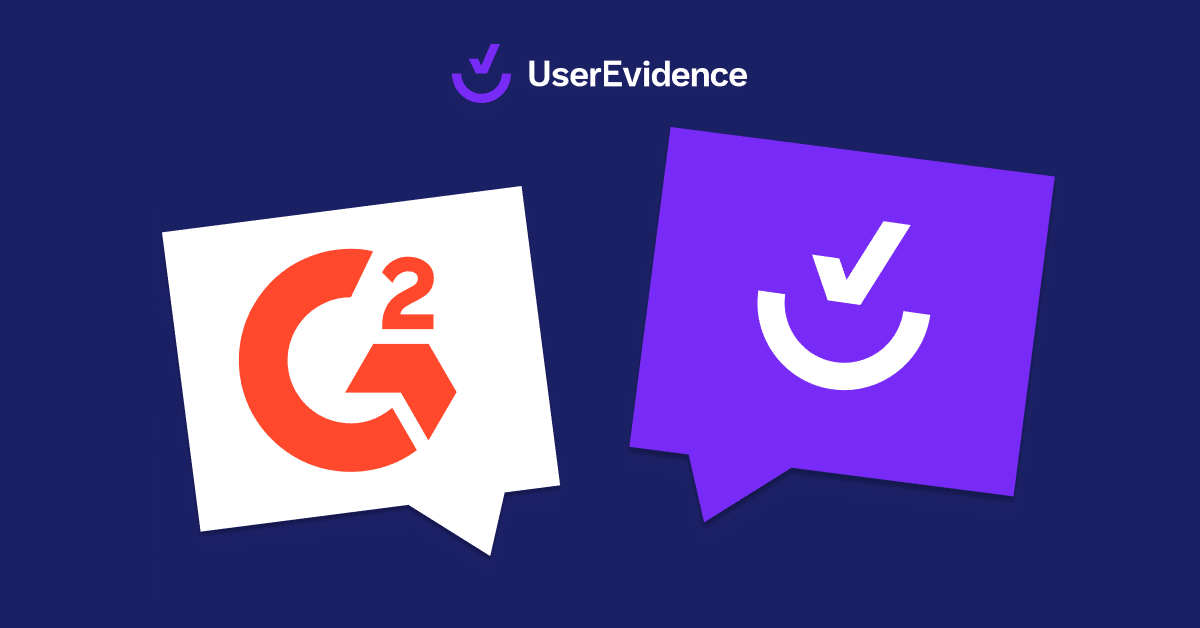Staying ahead (or keeping up with) your competitors is crucial to remain relevant within your target audience. Which is a no-brainer, right? But there is a right and potentially very wrong way to do this. Remember when the DC Universe tried to follow in the Marvel movie series’ footsteps? A bit of a failure to say the least.
Their competitive analysis was most likely accurate—their execution, on the other hand—not so much. This is not to discredit the importance of competitive marketing, though. Did you know 90% of Fortune 500 companies already use and implement competitive intelligence to gain an advantage?
It’s not personal. It’s just good business.
This type of analysis helps you to understand your competitor’s strategies, where they excel, and where they fall short. A well-rounded approach will allow you to zero in on key areas and fill the void they may be missing. To help make it easy for you to get started right away, we’ll lay out a detailed step-by-step process at the end of this blog.
Let’s kick things off with the full breakdown of competitive marketing analysis.
What is competitive marketing analysis?
Competitive marketing analysis is a strategic process that involves evaluating and analyzing the marketing strategies, tactics, and activities of your direct competitors within the industry.
It should be a systematic approach of gathering information to allow you to see much deeper than what’s on the surface. You’ll evaluate things such as your competitors’ strengths, weaknesses, and new opportunities within their content. The goal isn’t to blatantly copy their strategies verbatim or plagiarize their words—that’s stealing.
You want to use the findings to inform your future marketing decisions, build on structures you know are working, and find new angles they are lacking in to attack for better results. Even just shuffling through their content to spark new ideas for you is a simple, yet effective way to gather new content ideas for your business.
Let’s consider a hypothetical example of a software company that offers customer relationship management (CRM) solutions. Through competitive marketing analysis, the company performs the same data collection steps we outlined above. Next, the marketing team meets to brainstorm. Their goal is to connect the dots between their current strategy and fresh ideas from their analysis. Now they can build new campaigns, allowing the data to guide them in their future decisions.
This is the kind of marketing fuel that can drive high-performing campaigns to steer the buyer’s market toward your offerings. This is just one example of how you can use competitive marketing analysis.
But before jumping in with both feet, let’s look at the best way to go about this.
How to perform competitive marketing analysis
Before we go any further, you need to understand the essential foundation piece of competitive marketing analysis:
You must identify your direct competitors in the industry.
No, seriously. Take the time to understand your competitors. Just because someone might have a similar offer as you, doesn’t make them the best candidate for this kind of analysis. You want to uncover the businesses that mirror your company at least 75% or more. This is where you’ll uncover your best marketing materials.
Next, start doing some high-level research. Check out their websites, social media pages, and advertising campaigns—wherever they are using marketing tactics, you should be monitoring them. Jot down some general thoughts and notes to help guide you to the specific areas you want to focus on first.
Now we need to look at metrics such as engagement and performance data—anything you can get your hands on to identify if a certain piece (or group) of content is performing exceptionally well for them. No, you don’t have access to their dashboards to see their direct ROI. But you can use metrics like comments, likes, or shares to give you an idea of campaign performance. This will take the most time, but it’s crucial to understand if a piece of content, ad, or campaign is hitting the mark.
As you look at their marketing materials, identify areas that are similar in messaging to yours. Ask yourself questions like:
- Is their tone similar to yours?
- Do you have common themes with them?
- Are they targeting the same buyer persona as you?
- How are they structuring their offer benefits compared to you?
The more specific you can be, the better the insights you’ll get in return.
Also, take a look at pricing, promotions, and other sales/lead generation tactics they are using to get people to their offers. Spot any key similarities or differences? Maybe you need to optimize your pricing or restructure your offers to fit the model of target customers. The takeaways are endless, only limited by your imagination.
Overall, leveraging competitive marketing analysis in your own marketing strategy empowers you to make data-driven decisions, capitalize on unforeseen market opportunities, and stay ahead of your competitors in the ever-changing dynamic business world.
Leverage your findings to beat your competitors
Now that you’ve completed your research, collected all the data, and decided on several new marketing strategies—you might be thinking, “Now what?”
In order to sway a potential customer who is trying to decide between you or your competitors’ offers, you need something to tip them over the edge and choose you. With 95% of people saying customer reviews influence their purchasing decisions, it’s best to lead your new campaigns with customer advocacy.
So you’ve identified your marketing edge to beat out your competitors—great! Now you just need to populate your content with powerful customer evidence to get them across the finish line. Add pieces like testimonials, statistics, graphs, reports, and case studies to build trust, and pull those buyers away from the competition.
Each vital piece of customer evidence can be used in one form or fashion within your hyper-targeted competitive marketing analysis campaign. Plus, using real feedback from customers who have experienced your offers has the potential to boost your sales by up to 80%.
Feeling overwhelmed? We got you!
Step-by-step breakdown
To simplify the process and get you started right away, let’s lay out the steps in sequential order so you can get started right away.
Your plan of attack should flow similarly to this:
- Perform detailed competitive marketing research
- Review all the data and insights you collected during research
- Brainstorm new angles to gain an edge over your competitors
- Lay out a detailed plan for future campaigns to capitalize on your analysis
- Gather your best customer evidence to bolster each section of content
- Distribute your customer evidence within various touch points of your new hyper-targeted campaigns
- Turn the campaigns on, collect the performance data, and adjust as needed
- Repeat each time you need fresh marketing materials to keep the cycle rolling
Now you’re ready to start performing and implementing competitive marketing analysis to boost your sales and grow your business.
Final thoughts
As you’ve learned, competitive marketing analysis can be the difference maker for a potential customer to choose you over your competitors. When performed and executed correctly, you can see exponential growth that otherwise wouldn’t have happened until you researched your competitors.
But in order to stand out above the competition, you need to have a solid customer advocacy plan in place. If you want a way to:
- Send out customer surveys—at scale
- Privately review responses
- Display the evidence on your own 3rd party-verified library
Plus share your content instantly within your new marketing strategies…
UserEvidence would be a great place for you to gain your edge. Ready to leverage your competitive analysis with customer evidence? Schedule a free demo of the UserEvidence platform to get started right away.




